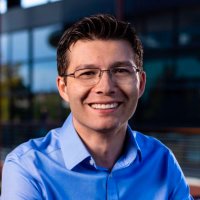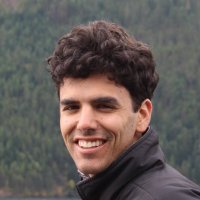
Chunyang (Jason) Dong
@jasoncdong1
Postdoc @Sergiu_P_Pasca’s lab @Stanford; PhD from @LinTianPhD’s lab @UCDavis. Seeking for better technologies to improve human lives.
ID: 960927880606707712
https://profiles.stanford.edu/chunyang-dong 06-02-2018 17:27:14
130 Tweet
331 Followers
538 Following


Very impressive model recapitulating human ascending pathway! Beautiful and astonishing work from my colleagues Ji-il and Kent in the Sergiu P. Pasca lab!

Excited to see this well designed study and the innovative finding of the roles of dynorphin signaling in threats and defensive behaviors! Another great application of our opioid detecting biosensors. Huge congrats to my mentor-like collaborator Hugo Tejeda, Huikun and team!

Stunning and decade-long study with therapeutics for Timothy Syndrome from the Sergiu P. Pasca lab! Great work Xiaoyu Chen Fikri Birey!




Excited to share my first paper from Inagaki Lab Max Planck Florida Institute for Neuroscience! How does the “timer” in our brain control movement? We discovered specialized computational roles of the frontal cortex and striatum that implement such an action timer⏱️ biorxiv.org/content/10.110…

Interested in using stem cells to create more mature human cortical neurons for studying intact living brain circuits? Excited to share our Nature Protocols Omer Revah, Felicity Gore, Konstantin Kaganovsky, Xiaoyu Chen, Karl Deisseroth, Sergiu P. Pasca nature.com/articles/s4159…


Congrats to my friend Osman Sharifi on completing his thesis! The team used longitudinal single-nucleus RNA sequencing with Rett syndrome mouse model, uncovered stronger transcriptional dysregulation in females, and identified key disease-related changes nature.com/articles/s4200…


Glad to announce a new edition of our popular, free, hands-on Stanford University course on making, probing and manipulating neural #assembloids and #organoids Organized by an amazing trio in the lab: Rebecca J. Levy 𝗔𝗹𝗳𝗿𝗲𝗱𝗼 𝗠 𝗩𝗮𝗹𝗲𝗻𝗰𝗶𝗮, 𝗣𝗵𝗗 🔬 and Merve Avar Deadline in mid-December Supported





